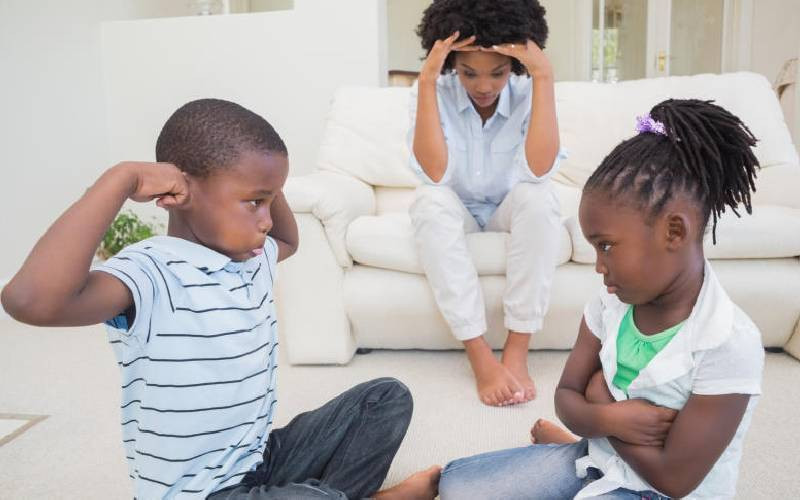
Educators are faced with situations requiring disciplinary measures daily. No one method of discipline can serve as a blanket cure for all scenarios. In balance with modern discipline practices, traditional methods of discipline will continue to be needed as well.
However, restorative discipline methods provide an innovative outlook on discipline in the school system. The philosophy of restorative discipline is solution- based, whereby a misbehaviour has occurred that needs to be solved. Restorative discipline is a proactive measure to prevent the re-offence of wrong-doers. When used appropriately, restorative discipline models humane and effective disciplinary measures to build character and establish a safe school environment. In an era where trauma (of whatever kind - social, economic) is a major impediment to mental health and wellbeing of most learners/individuals, it is incumbent upon schools and educators to employ a restorative and social-emotional approach to discipline.